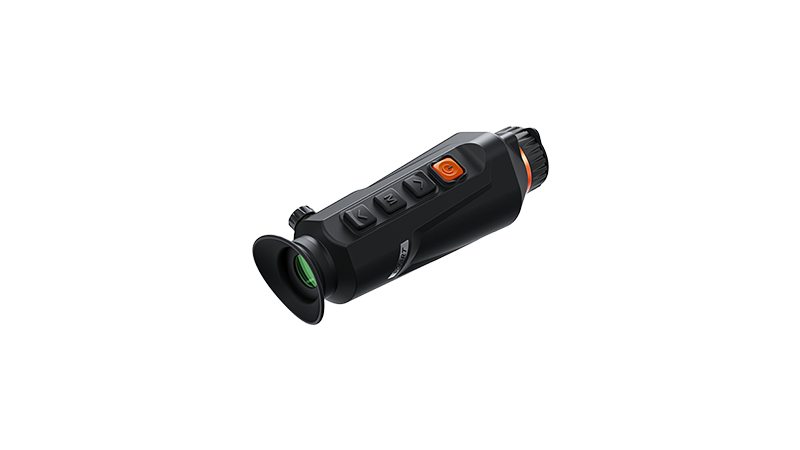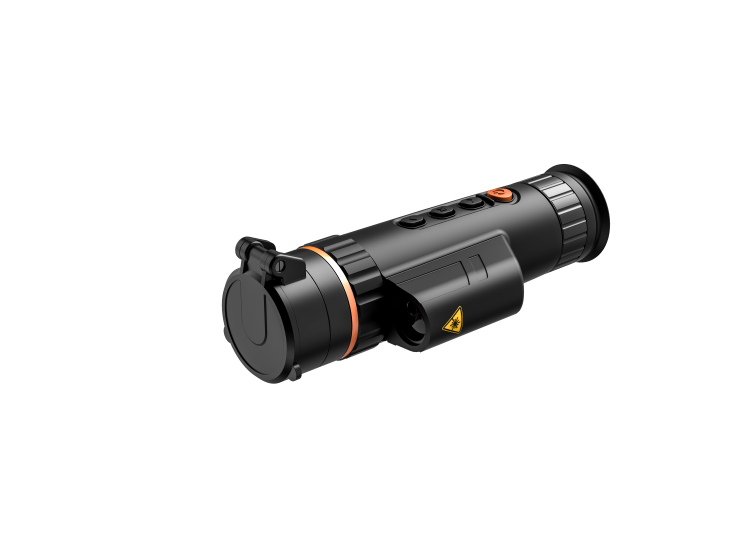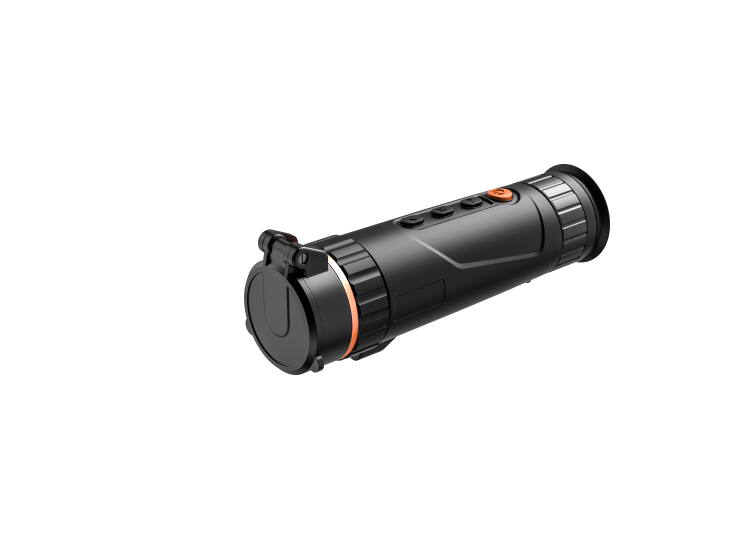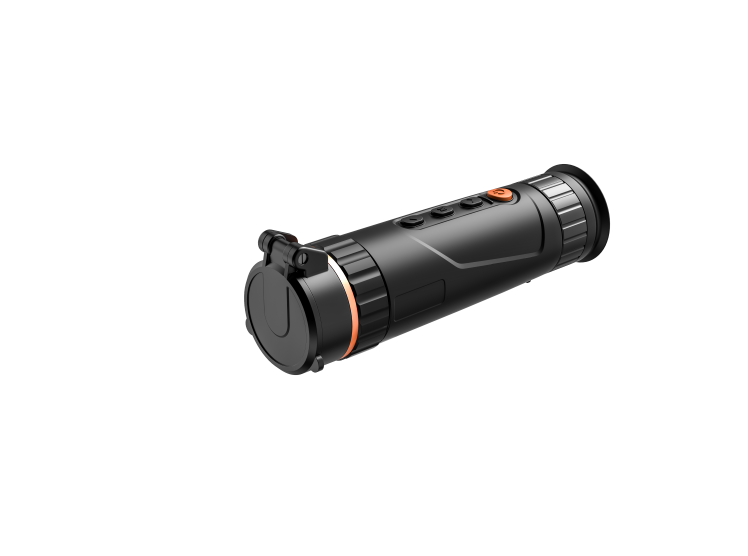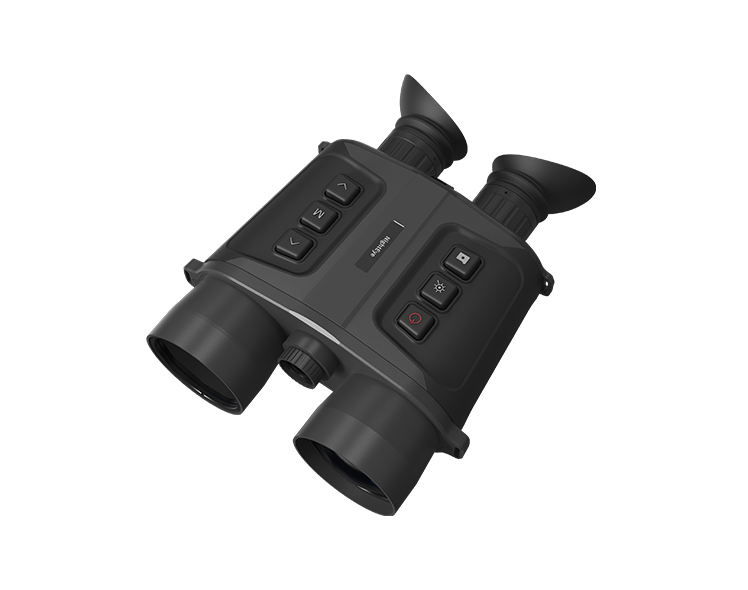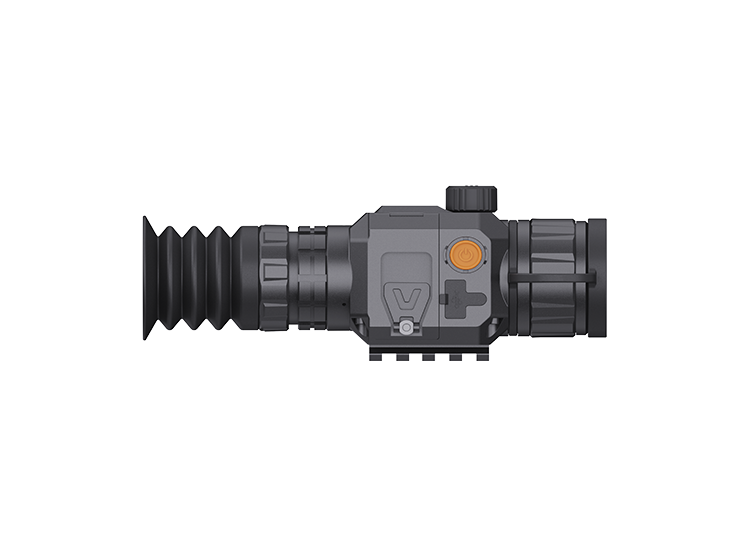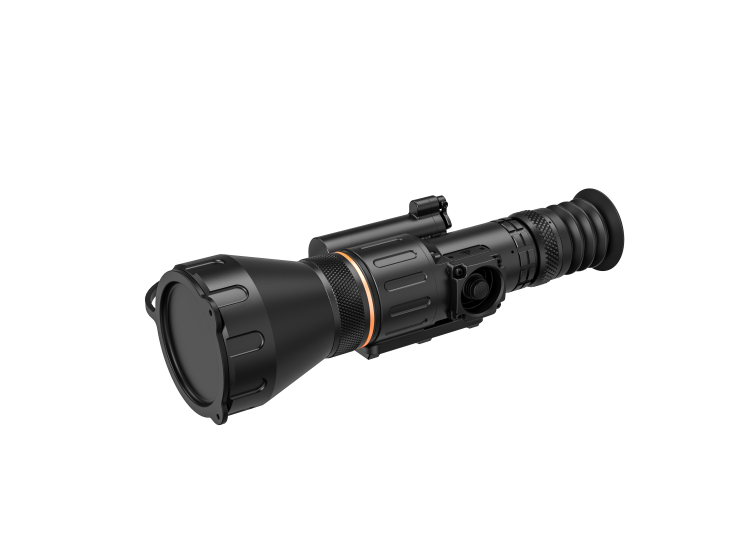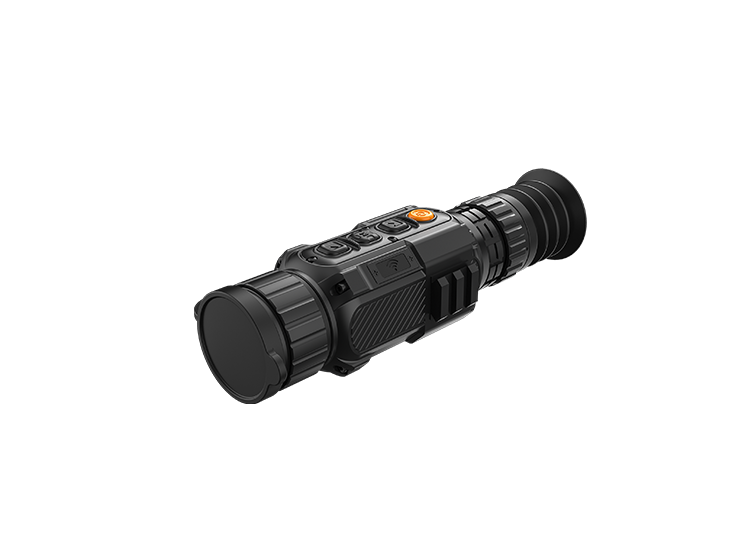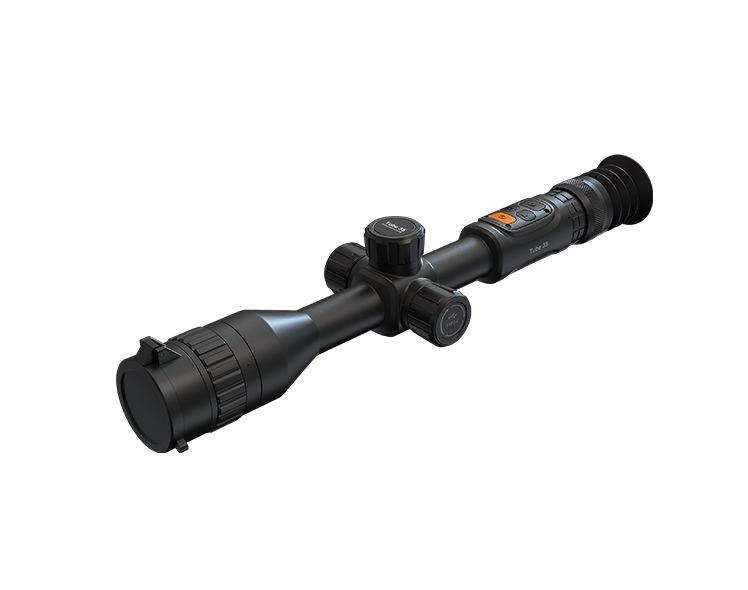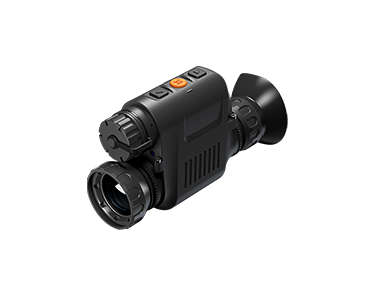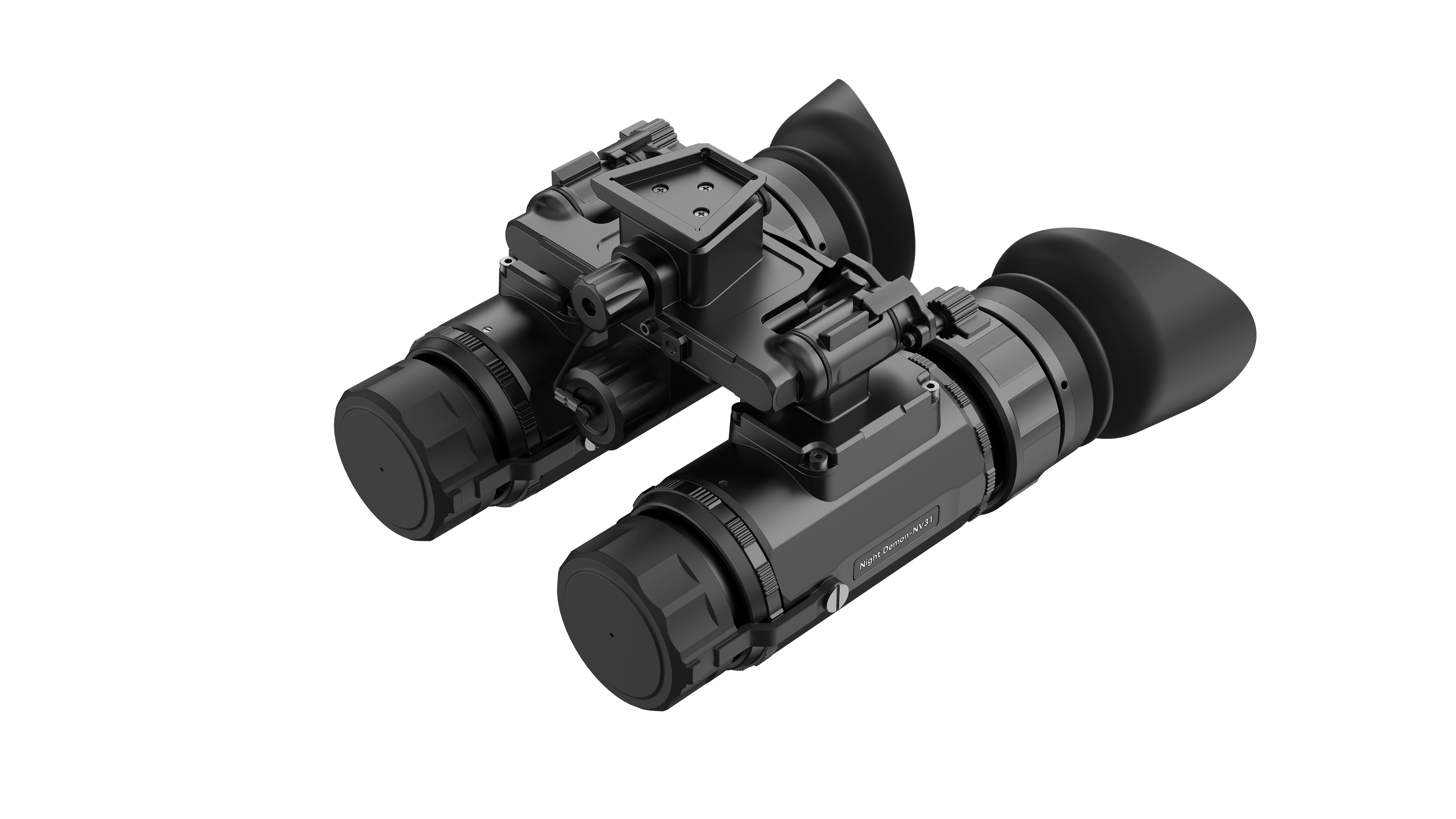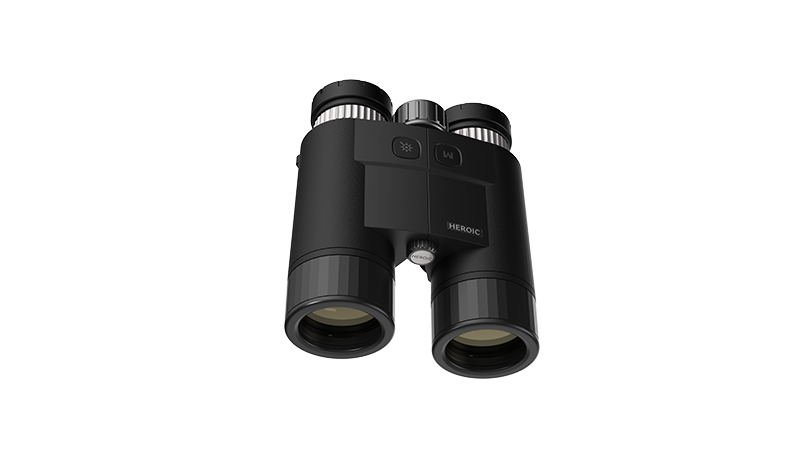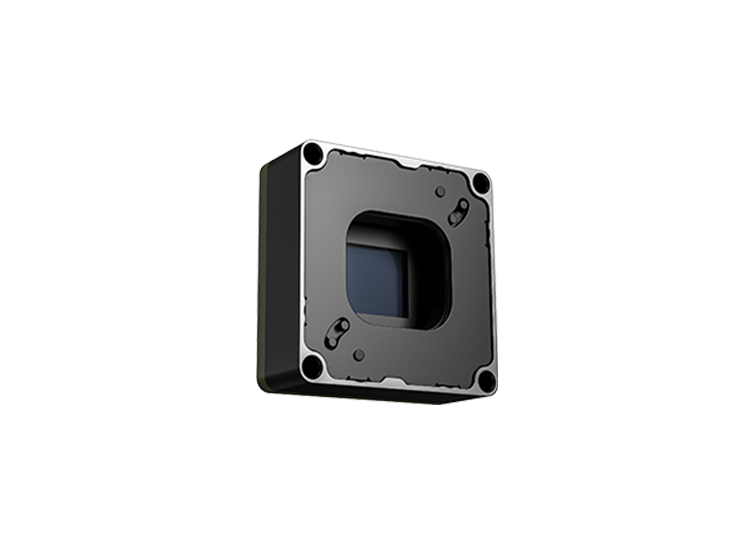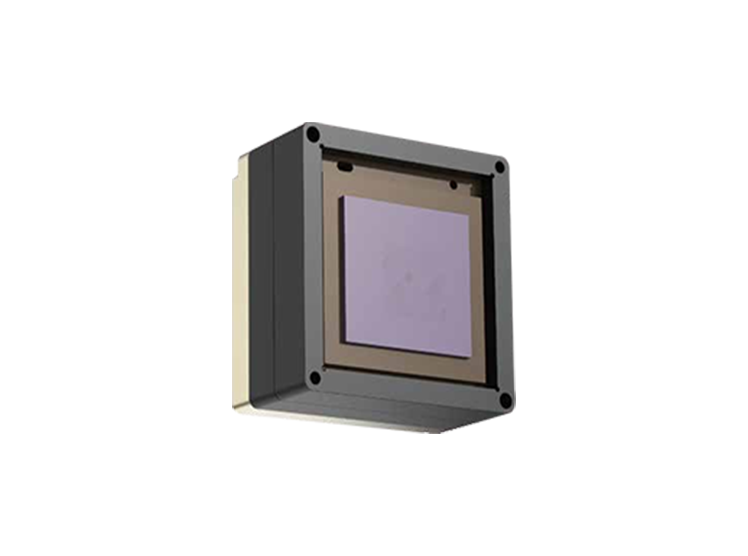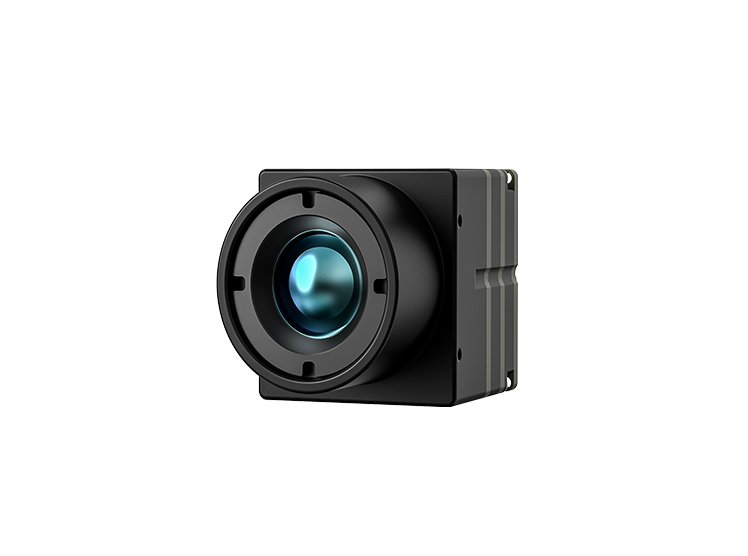New to Thermal Monoculars? Start Here
2025/06/30Thermal monoculars have gained rising popularity in recent years among outdoor enthusiasts and hunters. They allow users to “see” animals in darkness or heavy foliage. Whether you’re using thermal monoculars for hunting or looking to upgrade your wildlife viewing experiences, this guide covers everything you need to get started.
How A Thermal Monocular Works
At its core, thermal imaging monocular captures the heat (infrared radiation) emitted by objects. Inside the monocular, an infrared detector—typically a microbolometer—measures the IR and converts it into electrical signals. The signals are then processed and displayed as a thermal image, with warmer areas shown as brighter and cooler ones as darker.
Unlike night vision which amplifies visible light, thermal monoculars don’t require any ambient light and are effective in total darkness, haze, and fog.
Key Specs of Thermal Monoculars
Understanding technical specs ensures you choose the right thermal imaging monocular for your needs. Here are the key specifications:
1. NETD Value
NETD stands for Noise Equivalent Temperature Difference. Think of this as sensitivity. The lower the NETD value, the better the device can detect small temperature differences. It is measured in milliKelvins (mK). For example, “≤ 25mk@300K” means the NETD value is less than or equal to 25 milliKelvins at an ambient temperature of 300 Kelvin (approximately 27°C or 80°F).
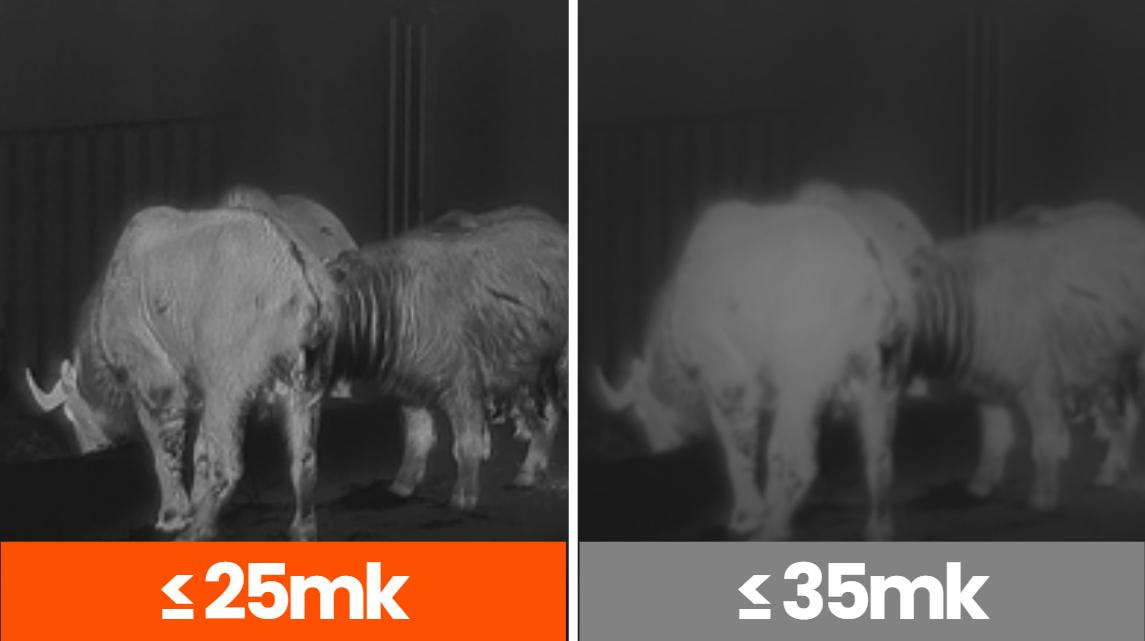
2. Pixel Pitch
Measured in microns (µm), pixel pitch refers to the distance between each pixel on the sensor. A smaller pixel pitch (like 12µm) generally means sharper images and a more compact sensor.
3. Resolution
This tells you how many pixels make up the thermal image. Common resolutions include 160x120, 320x240, 384x288, or 640x480. Higher resolution means clearer, more detailed images.

4. Aperture
The aperture (e.g., F1.0 or F1.2) controls how much thermal energy reaches the sensor. It’s calculated by dividing the lens’s focal length by the diameter of the aperture opening. For instance, if a lens has a 19mm focal length and a 19mm aperture diameter, the f-number would be F1.0.
When comparing thermal monoculars with the same focal length, a lower f-number generally means a wider aperture, allowing more infrared radiation to reach the sensor.
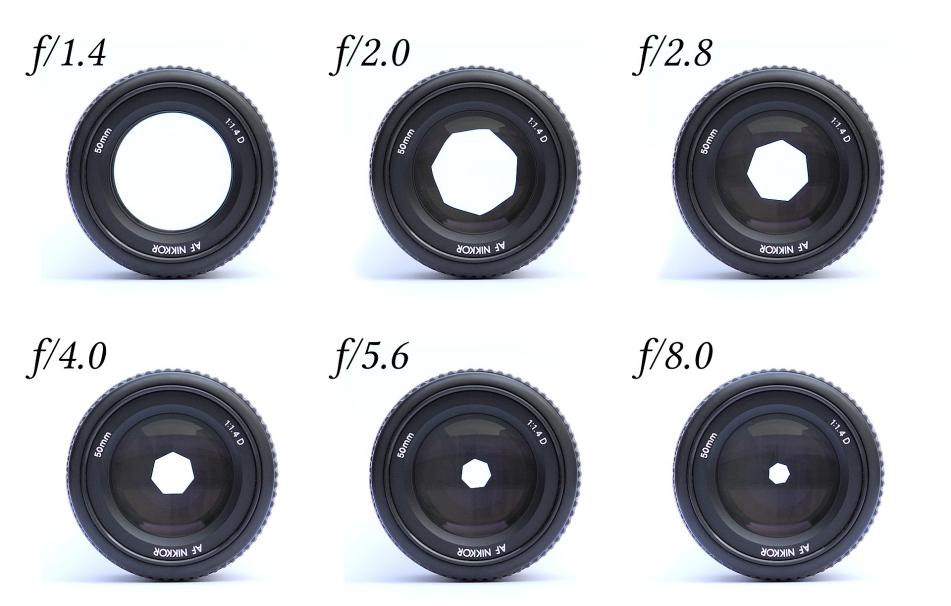
By KoeppiK - Own work, CC BY-SA 4.0, https://commons.wikimedia.org/w/index.php?curid=78136658
5. Detection Range
Detection range means the maximum distance at which the device can detect a heat source. Detection ranges often differ between humans and animals due to variations in size, shape, and heat signature.
For example, a thermal monocular might detect a human at up to 1,800 meters, while the detection range for animals may be slightly shorter—around 1,600 meters.
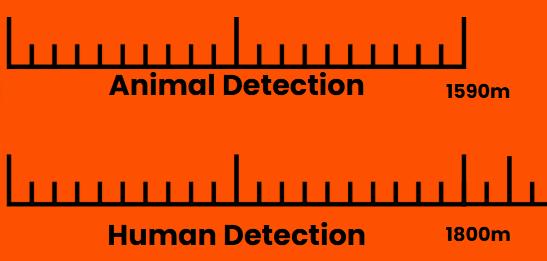
6. Focal Length
Focal length describes the distance between the thermal sensor and the focal point. Like in optical monoculars, it affects both magnification and field of view. Longer focal lengths provide greater magnification but a narrower field of view.
7. Field of View (Angular FOV)
Field of view indicates how wide an area you can see through the device, typically measured in degrees. A wider field of view is better for scanning, while a narrower one is better for zooming in on distant targets. It’s usually expressed in horizontal × vertical angles—for example, 13.9° × 10.4°.

By Dicklyon at English Wikipedia - Transferred from en.wikipedia to Commons., Public Domain, https://commons.wikimedia.org/w/index.php?curid=10783200
8. Magnification
Magnification describes how much larger an object looks through the device compared to its actual image size. It’s often expressed as a range, for example, 2.09~8.37, meaning the image can appear between roughly two to over eight times larger than the real object, depending on the zoom level used.
Thermal Monocular FAQs: Quick Answers for New Users
1. Can I use a thermal monocular in daylight?
Yes. Thermal monoculars work in all lighting conditions because they detect heat, not light. They’re just as effective by day as by night or fog.
2. Does a thermal monocular emit anything?
No. These are passive devices that only detect infrared emissions. They don’t emit ultraviolet, lasers, or microwaves.
3. Can a thermal monocular see through walls?
No. It cannot see through solid objects. Walls obstruct infrared, so you’ll only see surface heat patterns, not anything behind the wall.
4. Can I use a thermal monocular to see through glass?
No. Glass blocks long-wave infrared wavelengths, so these devices can’t see through windows.
Conclusion
Whether you’re tracking game in the dark, spotting wildlife at dawn, or navigating tough weather conditions, thermal monoculars open up a whole new way of seeing the world. At JPNVision, we offer advanced thermal monoculars for hunting and wildlife observing. With outstanding R&D capabilities and reliable production and after-sales support, our products have become the go-to choice for many people. Browse our thermal products and get one today!
 86+(028) 8535 5966
86+(028) 8535 5966 008617323184180
008617323184180 JPNVision@votinfrared.com
JPNVision@votinfrared.com

